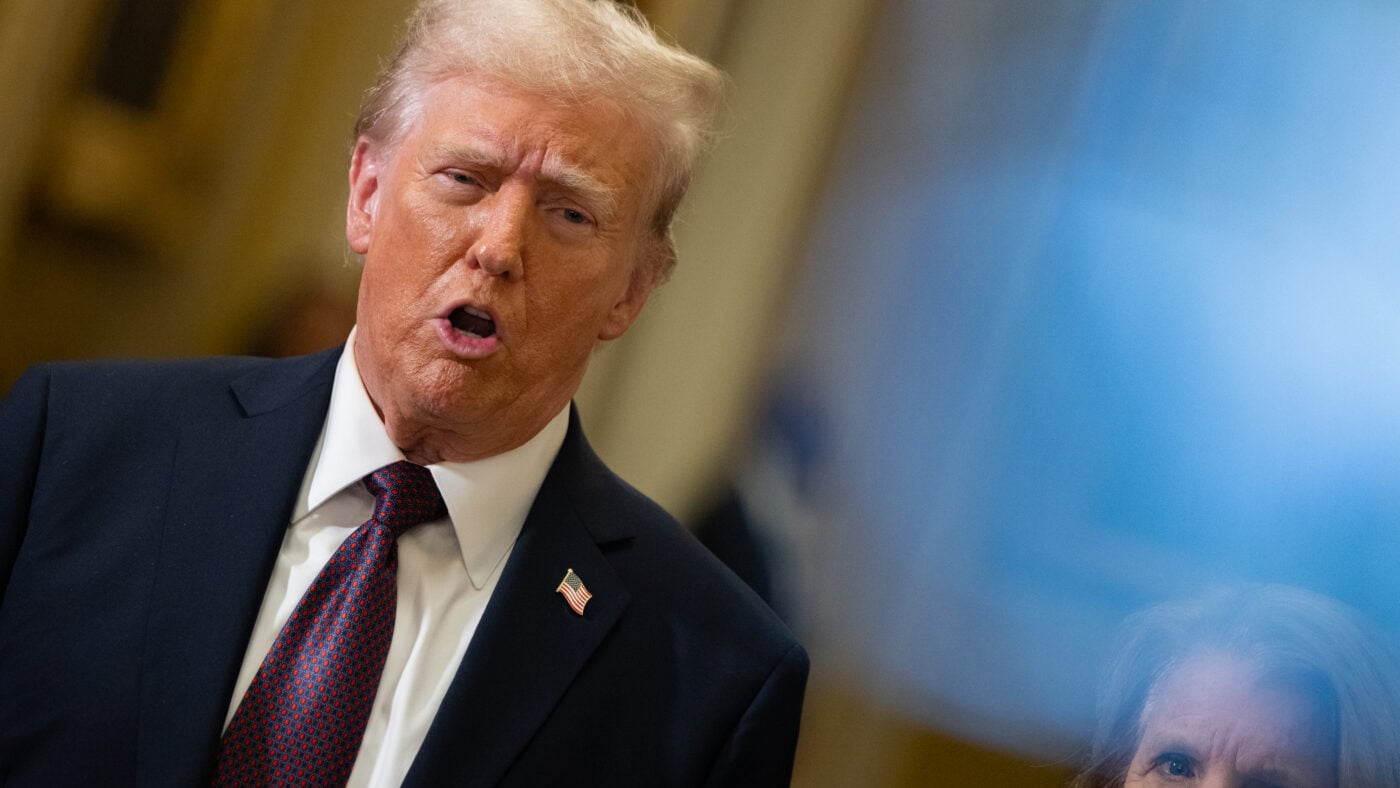Another Donald Trump administration, another inevitable dispute about defence expenditure. Last time, it was about whether and when European and Canadian allies would fulfil the Nato defence expenditure target of 2% of national GDP. This time, it is likely to be a dispute about spending significantly more – reports suggest that Trump wants to more than double the target to 5%.
If he wanted to raise the 2% target to, say, 2.5%, Trump would be pushing at a partly opened door. In response to the Russian threat, Nato leaders tentatively acknowledged in the summer, at their summit in Washington, that ‘in many cases, expenditure beyond 2% of GDP will be needed in order to remedy existing shortfalls’. The Financial Times reported in December that Nato members were already holding talks about increasing the alliance’s target for defence spending to 3% of GDP – partly in anticipation of Trump’s return as US president.
But Trump’s 5% is extreme. It is deliberately designed to be unachievable and to bully the allies on assuming full responsibility for their own security. Trump’s aim is to decisively and irreversibly shift the burden of defending Europe exclusively to European states, thereby disengaging the US from its Nato responsibilities in the continent.
One of Trump’s distinguishing talents is to simplify, distort and consequently set the framework for debate in terms that suit his ambitions. During his last administration, he succeeded in convincing almost everyone of a falsehood – that the 2% expenditure target was a Nato membership fee, akin to a golf club’s, which most Nato members owed, but had not paid. On the contrary. In terms of the Nato budget (that is, what it costs to make Nato function, including its elaborate military command structure), the US pays a mere 16% of the total, which is the same as Germany. Every Nato ally is up to date with its contribution to organisation. No one is cheating the US. But the impression remains that Europeans are failing to pay their dues.
The Nato 2%, on the other hand, is a target for national defence expenditures, which allies had pledged to achieve by the end of 2024, following Russia’s 2014 annexation of Crimea. It was a long-term target, intended to incentivise the reversal of the long-term decline in defence spending. But the 2% figure is in fact entirely arbitrary.
The target had, and has, no relation to actual military and equipment requirements for Nato’s collective defence. It dates to the 1990s, when the Czechs, Hungarians and Poles were preparing for membership. The Czechs asked for guidance on how much, as a future ally, they should be spending on defence. As Czech expenditure on defence was then just below 2% of GDP, they were given a target of 2% of GDP as a target from Nato’s planning staff, sufficient to maintain what they already had and to build on it. So, the crumbling defence expenditures of three former and recent Warsaw Pact countries became, in time, a hallowed standard for Nato.
So, what if the 2%, and potentially the 3% or 5%, are figures plucked out of thin air? In the absence of any other means to shift the burden of European defence to the Europeans, the US has no option but to argue for a demanding target and hold the Europeans to it. But the European allies do have other options. It is important for them to distinguish between the Nato GDP expenditure target, which is a general means of setting long-term and aspirational goals, and what it really costs to defend themselves within the framework of Nato. They are two distinct issues.
To repeat, the Nato 2% target is arbitrary and irrational. The UK Government, and other allies, need not be fixated on such targets, particularly as the UK is in the midst of a Strategic Defence Review (SDR) which is due to report in the first half of 2025. For the UK, the SDR is a timely opportunity to determine what it really costs to defend the UK.
In 2023, Nato leaders agreed ambitious and demanding defence plans to protect every inch of Nato territory, as Jens Stoltenberg, the former Nato Secretary General described them. The UK government of the time agreed unreservedly to these plans. Nevertheless, it is unclear, at least publicly, what these plans entail for the UK in terms of capabilities and contributions to Nato. The Nato plans establish new military requirements, needed by Nato, but not yet fully committed to by the UK, or other allies. Fulfilling this specific Nato requirement should be the most important building block for the SDR – not some arbitrary spending target unrelated to actual defence needs.
Click here to subscribe to our daily briefing – the best pieces from CapX and across the web.
CapX depends on the generosity of its readers. If you value what we do, please consider making a donation.


